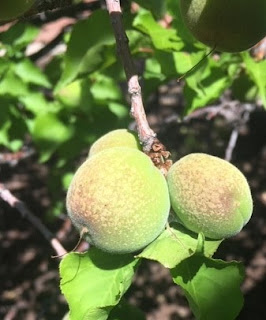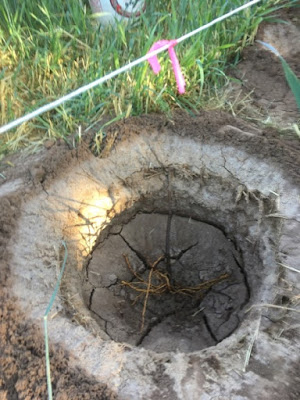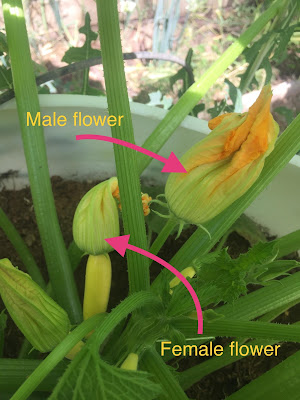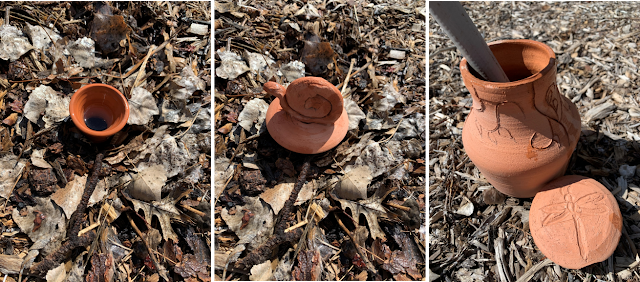What’s Wrong with MY Tree? PART 2: Oozing Stains on Tree Trunk
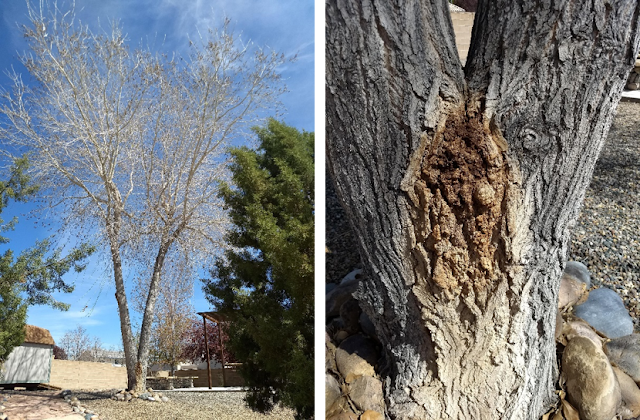
Southwest Yard & Garden by Dr. Marisa Thompson The stained, oozing spot is slimeflux (aka bacterial wetwood), and I bet it stinks like strong chemical paint thinner. The bad news is it’s not fixable, but it’s also not causing a problem. Slimeflux is an indicator of an underlying decay issue. Photo credit Joy E. Question: My husband and I just bought a house with a beautiful cottonwood tree in the back yard. We noticed a gooey, rotting section in the crook of the trunk. We certainly don't want to lose this gorgeous tree! Do you know what this is and how we can treat it? Answer: Yes, I know what it is and what caused it. But no, I don’t have easy answers for how to treat it. What you’re seeing is called slimeflux, aka bacterial wetwood. If you were to smell it, you’d never forget it. It smells to me like nail polish remover that’s gone rancid. My uncle, also an arborist, said it smells like gym socks. So basically it smells like what it looks like: gross. There
